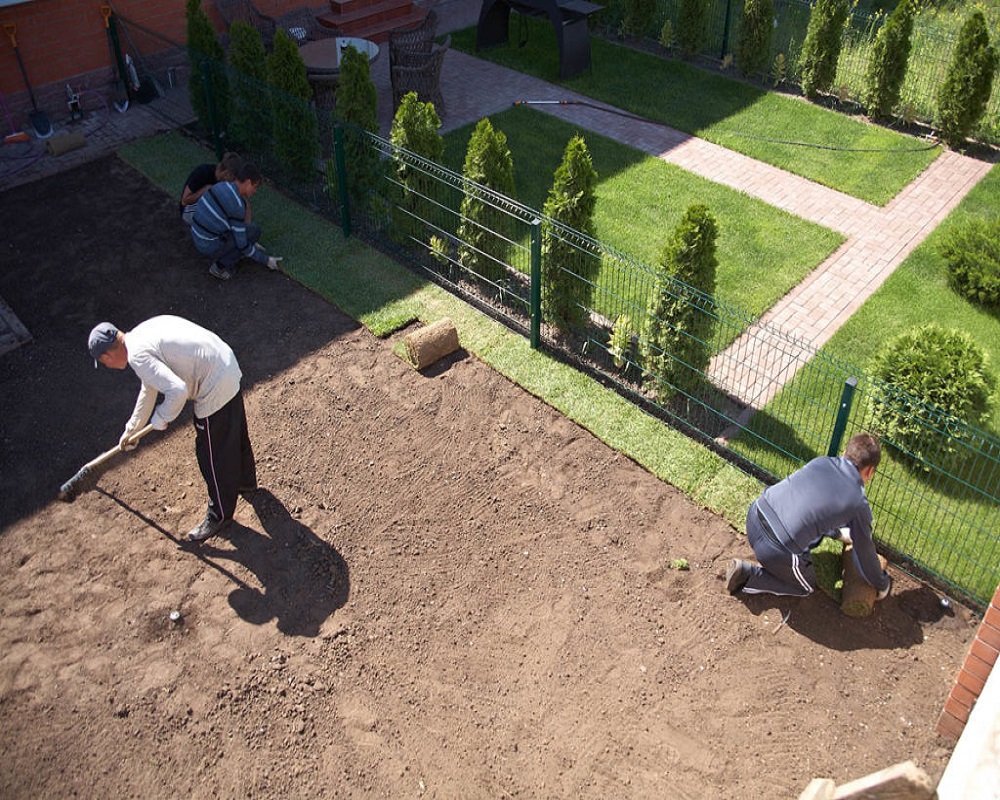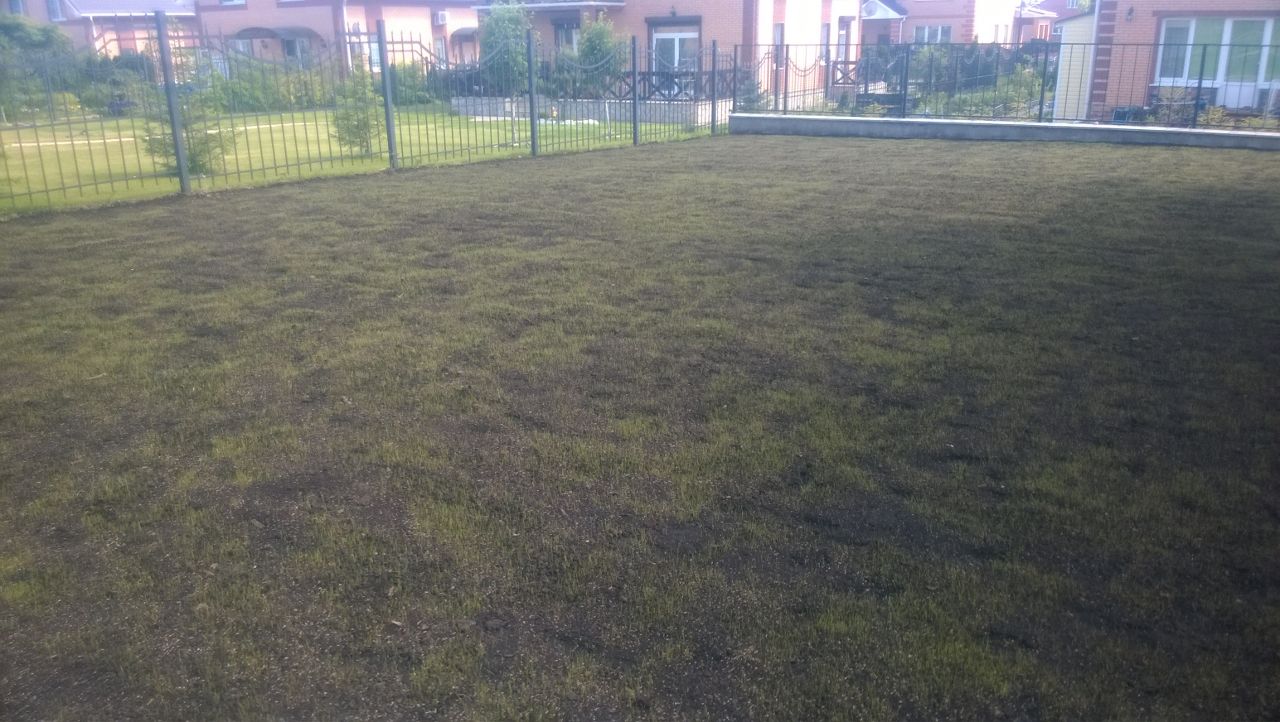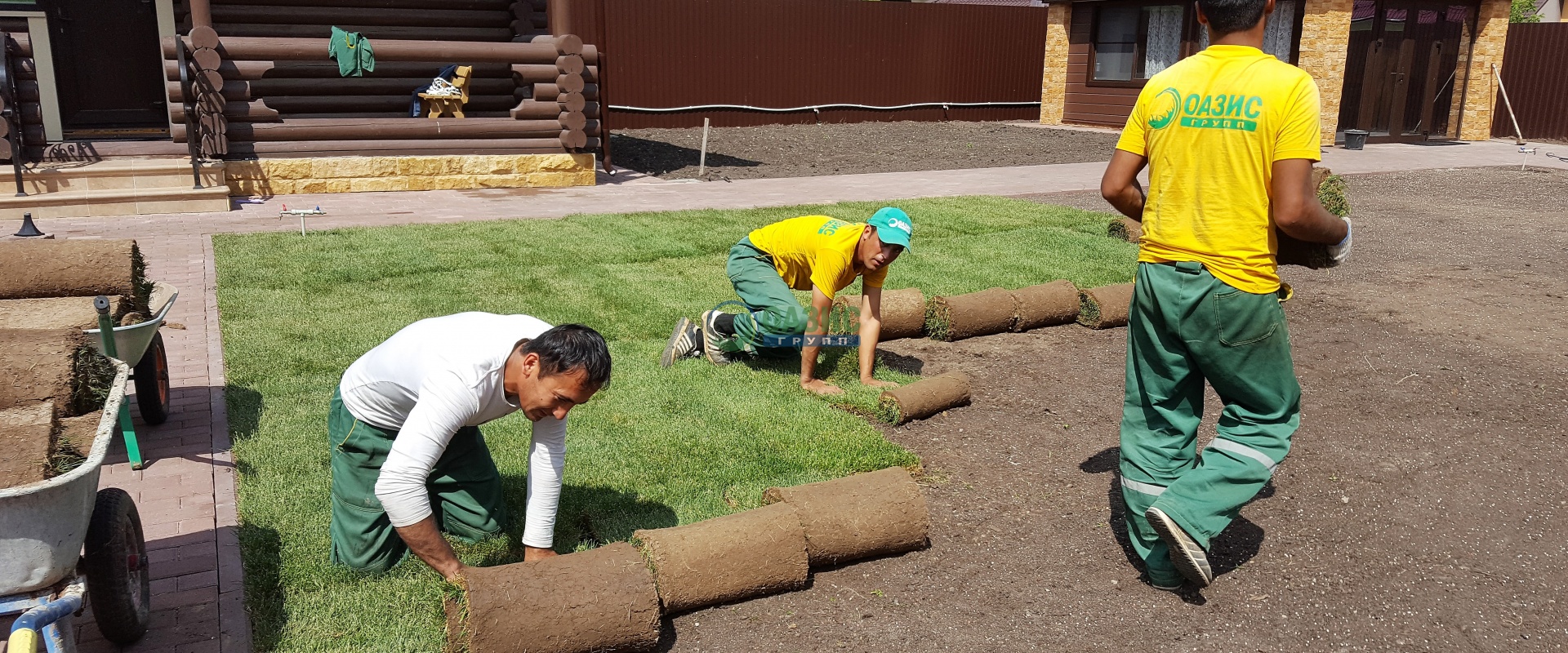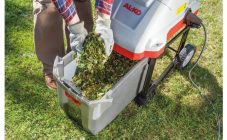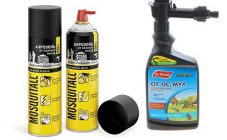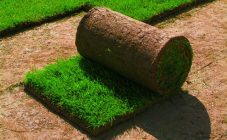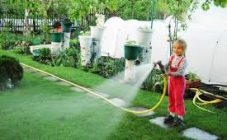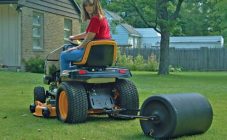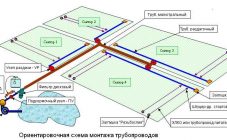Content:
The arrangement of a recreation area in a garden plot can be performed using a lawn, both natural and artificial. Artificial turf is created from polyethylene and polypropylene materials, which are laid in various ways. So, for example, the laying of backfill and semi-backfilled lawns is done using filler - quartz sand or special rubber granules. Unfilled lawn does not require filler.
The assortment of natural lawns is more diverse: parterre, roll, Moorish, landscape gardening, meadow, sports. Unlike artificial turf, natural turf can be either laid or grown. But, regardless of whether it is an artificial lawn in the country or natural, the site for it should be prepared thoroughly. The land is pre-leveled and weeds get rid of, often it takes more than one year.
How to make a lawn in the country with your own hands: step by step instructions
To end up with a green lawn, you need to make every effort:
Which lawn to choose
First you need to make a choice that is not always easy to make. If the area where the lawn will be laid is an area of high traffic, you should choose a coating that is resistant to mechanical damage. These types of natural include garden and park lawns, rolling and sports, and of artificial ones - semi-filling and backfilling.
For areas with an average or minimum degree of traffic (for example, a lawn near a house or near a flower bed), a natural meadow and garden-park lawn and an artificial non-falling one are suitable.
For the decoration of the site, parterre and Moorish lawns are used. It is not recommended to walk on them, they serve to decorate the site. The grass near the parterre lawn is quite dense and has a beautiful, rich green color, which is ideal for the formation of natural borders. The Moorish lawn differs from all others in that it contains about ten varieties of various grasses and flowers that quickly begin to bloom and delight the eye, turning into a beautiful meadow.
How to prepare a plot for sowing or lawn laying
It is better to start preparatory work in the fall. It is necessary to get rid of all the weeds, digging up the earth will help in this. If grass has been growing on the site for a long time, the old sod must be removed. Weed roots are easy to miss, so it is recommended to use special herbicides to get rid of the annoying grass. However, such means should be used very carefully, because, getting on any plant, herbicides destroy the plants. Sometimes there are so many weeds in the ground that it takes gardeners 2-3 years to completely remove them.
At this stage, the main thing is not to abandon what you have begun, since the first stage is really the most difficult.
When the weeds are over, leveling the soil should be done. For this, the land must be cleared of stones and other debris. It is also possible to remove rubbish and stones while fighting weeds. Digging a large area without special equipment is quite difficult, because large clods of earth must be broken. It is more difficult to do this with a shovel than with a cultivator.
It is imperative to take into account the type of soil on the site, because the lawn does not like excessive moisture. If the soil is clay, moisture after rain will linger, the lawn will rot. In this case, you need to make a so-called drainage pillow. Gravel and sand with a thickness of at least 5 cm are poured as drainage.The earth is poured over it. If the soil on the site is not fertile, it does not hurt to apply a special complex fertilizer for the lawn, which can be purchased in shops for gardeners. You can also add phosphorus (superphosphate) or potassium (potassium salt, potassium magnesium, wood ash).
The soil must be compacted and level before laying the lawn. With the help of a roller, the ground rolls quickly and well. If there is no opportunity or desire to use this technique, you can get by with the means at hand. If the area is not too large, you can make a wide board with a perpendicularly attached tamping stick. If the area is decent, gardeners advise using a large, heavy log with ropes tied or a concrete ring. The most resourceful attach small wooden square planks to old shoes and trample the ground in such unusual slippers.
Sowing and lawn laying process
Many people wonder how to make a lawn in the country with their own hands? A sowing lawn is ideal for a small area. It is advised to sow it in rainy weather, since the heat and bright sun do not spare the seeds, moreover, regular watering is required in the first 2-3 weeks. You need to sow crosswise, you can use a homemade seeder or work by hand. After the seeds are scattered, they should be lightly sprinkled with earth or sand. At the end, the future lawn needs to be watered.
Lay the lawn in rolls in a checkerboard pattern, making sure that there is no overlap and gaps. It is not advised to step with your feet on the laid lawn; if necessary, you can spread boards under your feet. This is to prevent the roll from breaking. The seams and ends of the lawn are covered with earth.
After laying, the rolled lawn must be rolled with a not too heavy roller or pressed down with a board and watered intensively.
Care after landing
When planting grass, it is important to know not only how to properly make a lawn in a summer cottage with your own hands, but also how to care for it later.
After the device or sowing, it is not recommended to walk on the lawn for 10-15 days. When the sod has set, you can water the grass once every 10 days. In the heat, it is advisable to irrigate daily.
At first, you will have to manually remove the weeds if they germinate. After 1-2 years after planting, when the lawn will be mowed regularly, you can start feeding.
The lawn grows well in the shade, but if it is in the sun most of the time, the frequency of watering should be increased.
Diseases and pests
All diseases that affect the lawn grass are divided into parasitic and infectious.
Infections penetrate the structure of the plant, provoking its death. Parasites (fungi, spores, algae, insects, lichens) settle under the turf, leaving it no chance for existence.
Grasses fight the main diseases with the help of a fungicide - a drug that destroys dangerous microbes and fungi. The main thing is to carefully read the manual and dilute the product in the indicated proportions.If the lawn is affected by lichen, liming will help - the introduction of various fertilizers into the soil that increase acidity: wood ash, dolomite flour, chalk and lime.
As a preventive measure at home, the lawn can be treated with special solutions of various actions. In spring, mineral complex dressing for lawn grasses can be replaced with phosphorus and potassium. In summer, it is recommended to use potassium salt (2 times per season).
Inexperienced summer residents often have various problems. With an excess of sunlight, the lawn may turn yellow, and a dark or bluish tint of the grass indicates high acidity in the soil. Lack of nitrogen provokes yellowing and death of grass stems. Lack of phosphorus can be noticed when the grass grows with bald patches. And if moss has formed on the lawn, it means that it does not have enough light, or it suffers from high acidity of the soil.
This is how, easily and simply, you can create a lawn in the garden or near the house in stages. Yes, it takes a lot of time, but it's worth it, as in the end the gardener will get a flat, green lawn for relaxation.
